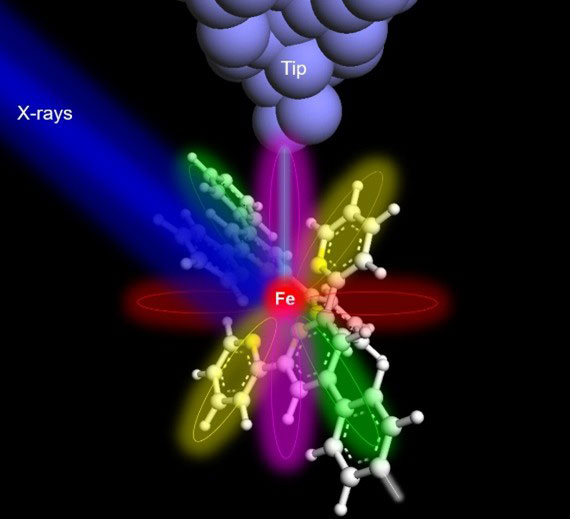MANA International Symposium 2025
Session 3-1
Abstract
Since the discovery of X-rays by Roentgen in 1895, their applications have been ubiquitous, ranging from medical and environmental uses to materials science. X-ray characterization of materials has been revolutionized after the invention of synchrotron X-rays in the mid-20

Reference
- T.M. Ajayi, N. Shirato, T. Rojas, S. Wieghold, X. Cheng, K. Z. Latt, D. J. Trainer, N. K. Dandu, Y. Li, S. Premarathna, S. Sarkar, D. Rosenmann, Y. Liu, N. Kyritsakas, S. Wang, E. Masson, V. Rose, X. Li, A. T. Ngo, & S.-W. Hla, Nature 618, 69-73 (2023). DOI: 10.1038/s41586-023-06011-w
- S. Wieghold, N. Shirato, X. Cheng, K. Z. Latt, D. Trainer, R. Sottie, D. Rosenmann, E. Masson, V. Rose & S. W. Hla, J. Phys. Chem. C 127, 20064-20071 (2023). DOI: 10.1021/acs.jpcc.3c04806

